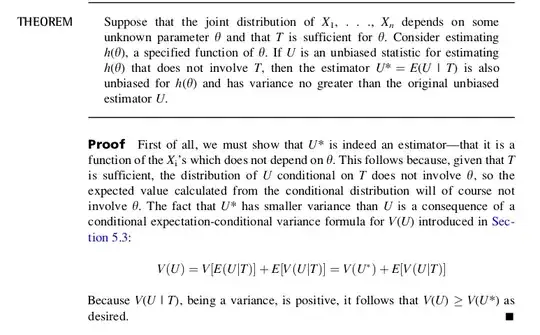Let $(x_1,Y_1), \dotsc, (x_n,Y_n)$ be a random sample from the regression model $$Y_t=m(x_t)+\epsilon_t.$$ When authors want to develop the asymptotic properties of the local linear estimator of $m$ when the design points are fixed (for example, $x_t=t/n$), they usually assume things that I don't really undersand. Fan and Gijbels Assumed the design density $f$ satisfies $$x_j=G^{-1}(j/n) \text{ with } G(x)=\int_{-\infty}^x f(y)dy.$$
Fernandez Assumed that the regular design density satisfies $$\int_0^{x_t}f(y)dy=\frac{t-1}{n-1}, 1\leq t\leq n. $$
Does anyone understand what is the intuition behind it? Why the design points are defined in terms of cumulative distribution functions?
*I will print the relevant parts of their papers:
Fan
Fernandez

